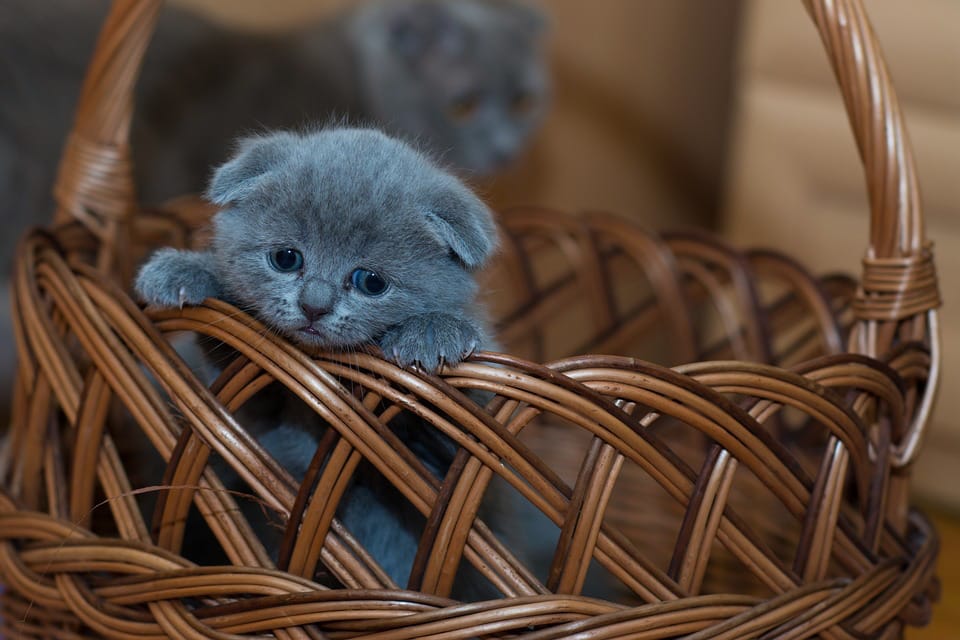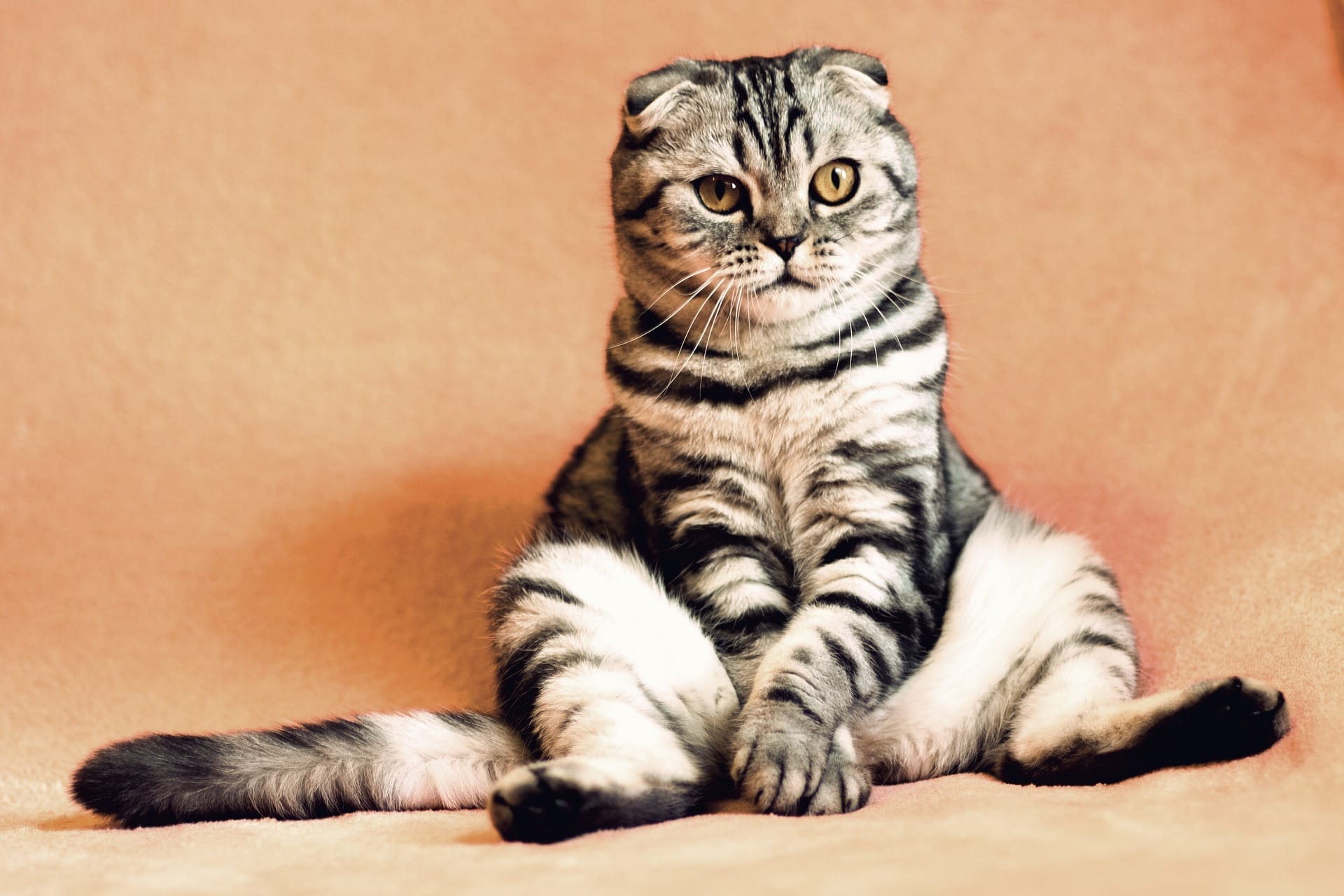A common technique suggests converting a cat's age to human age by simply multiplying it by 7. We decided to check how accurate this algorithm is.
Question, How translate feline age V human, interested many owners home animals. One of the widely used methods is to simply multiply a cat’s age by 7. This method of converting a cat’s age to a human age is reported in the media (for example, “Arguments and facts"), veterinary resources And sites O animals.
First, let's try to carry out calculations using only everyday logic. If the human age of a one-year-old cat corresponded to human seven years, then around this time its milk teeth should begin to change to permanent ones. However, baby teeth in kittens start hair loss occurs at the age of three to four months, and by six months the kitten has a full set of molars. In a person formation permanent dentition, that is, the replacement of all milk teeth with molars, occurs only at 13–14 years of age. Let's try to make another comparison: a kitten's puberty begins at the age of four months; a five-month-old cat, if the birth rate is not controlled, may already acquire offspring. The age of puberty in humans varies depending on gender: girls it begins after eight and a half years, at boys - usually after ten. That is, for this parameter, a simple conversion of 1 to 7 does not work.

The conversion of cat years to human years is non-linear, that is, depending on what year it is in life in cats, one or another coefficient will be applied. Considering the relationships at various key points in development (achievement of “adult” height and weight, change of teeth, sexual development), the American Veterinary Medical Association offers Count the first year of a cat's life as 15 human years. The second year of a pet's life, according to this method, is approximately equal to another nine human years, that is, a two-year-old cat is approximately 24 human years old. Starting from the third year of life, the coefficient becomes equal to 1 to 4, that is, each year lived adds only four years to the “human” age of the cat. This method of calculating a cat's age counts standard and used by veterinarians around the world.
With this technique, a 12-year-old cat barely passes from maturity to old age (64 years), and does not represent a very old man (if the coefficient of 1 to 7 were correct, the animal should be considered 84 years old). Moreover, even a quick look at advertisements from shelters shows that many cats are crossing a very decent threshold - you can find advertisements whose authors are looking for new owners for aged cats 15 And 16 years (although, if we use the common method of calculation, they are 105 and 112 human). In addition, it is premature to classify even such cats as long-livers - a cat named Cream Puff is listed in the Guinness Book of Records lived as much as 38 years. Its owner assumesthat the cat’s outstanding lifespan was ensured by a special diet: in addition to dry food, she ate eggs, turkey bacon and broccoli for breakfast, and once every two days the owners gave her a dropper of red wine.
In 2017, scientists slightly clarified the cat age calculation table prepared by the American Veterinary Medical Association. According to new calculations, the first year of a cat’s life turned out to be even longer - it is equal to 16.6364 human years, but starting from the age of one and a half years, the formula becomes like this: cat years should be multiplied by 4.134 and added 15 years. However, this clarification does not introduce radical changes to the calculation methodology. For example, using the previous formula, it turns out that a 12-year-old cat is 64 human years old, a 20-year-old cat is 96, and Cream Puff was 168 years old at the time of her death. If we count according to the updated methodology, then 12 cat years are 64.608 human years, 20 are 97.68, and 38 are 172.092.
Thus, the idea that one year of a cat's life is equal to seven human years is fundamentally incorrect and does not take into account the unequal rate of development of representatives of different biological species. To calculate a more accurate age of a pet, you should use other methods based on expert calculations. For example, take the first two years of a pet as 24 years old, and then add four more for each year lived.
Cover image: Bild von Yuri Sidorenko auf Pixabay
If you find a spelling or grammatical error, please let us know by highlighting the error text and clicking Ctrl+Enter.






